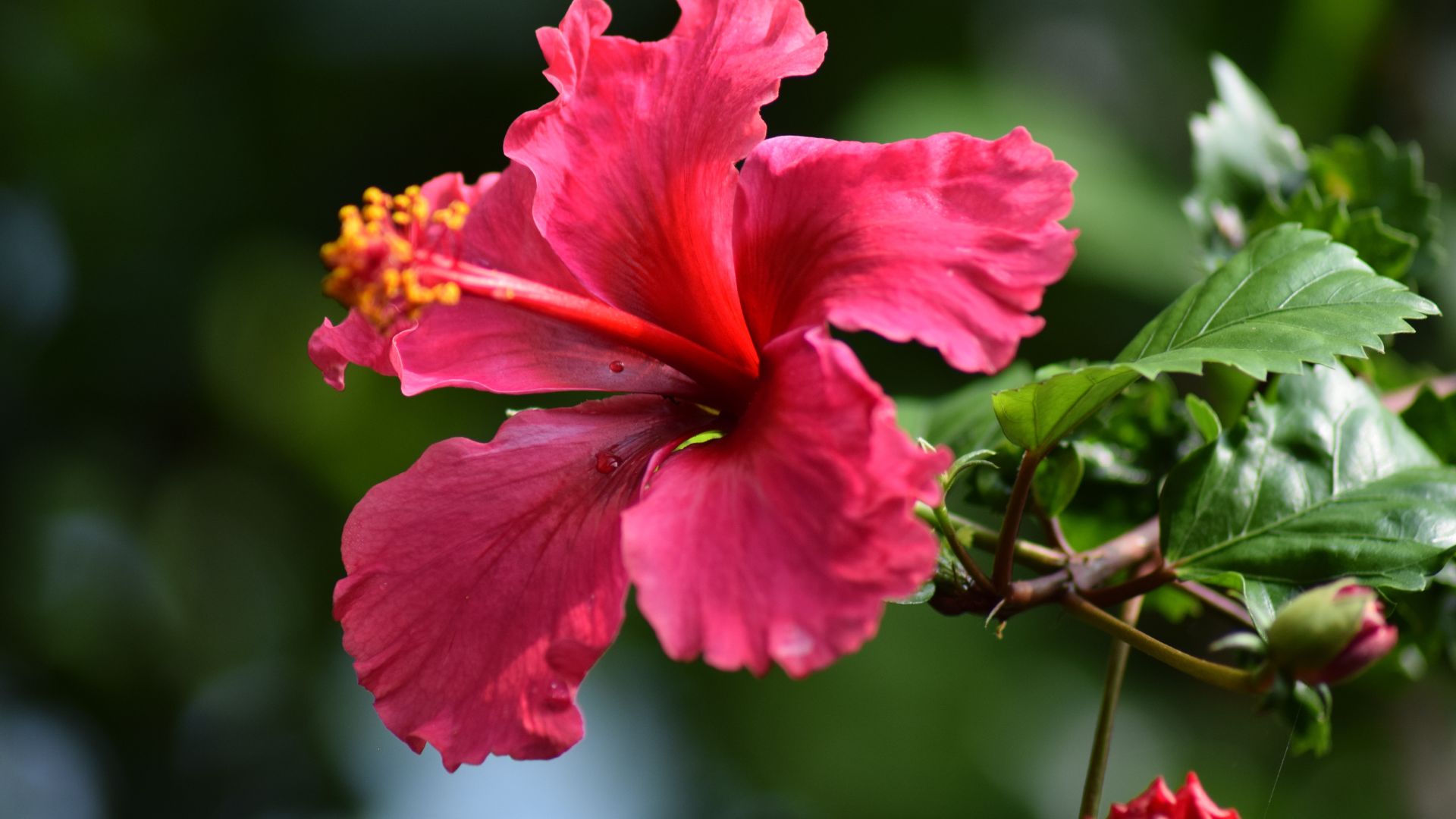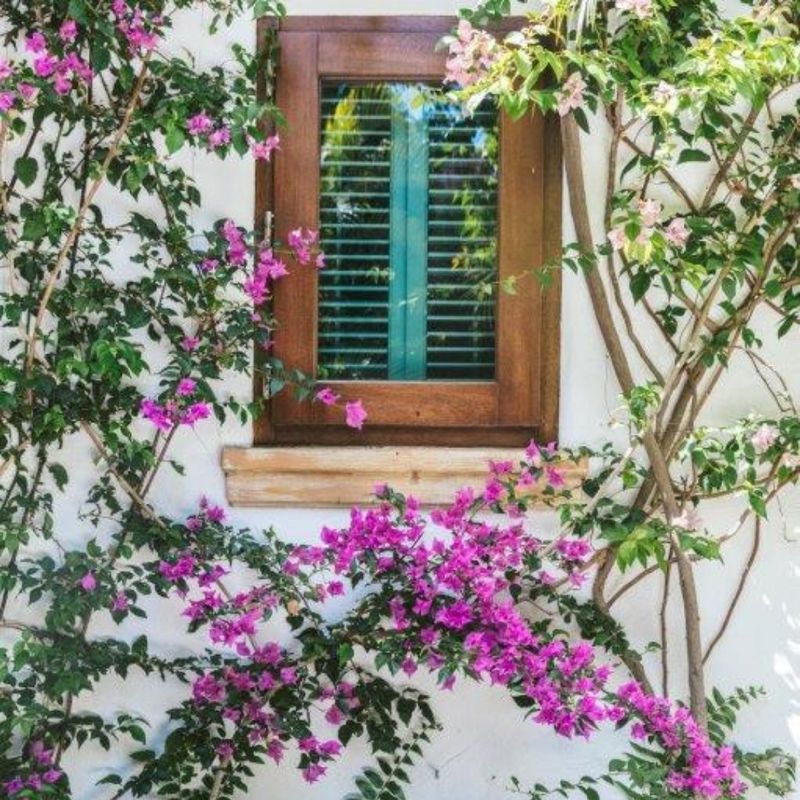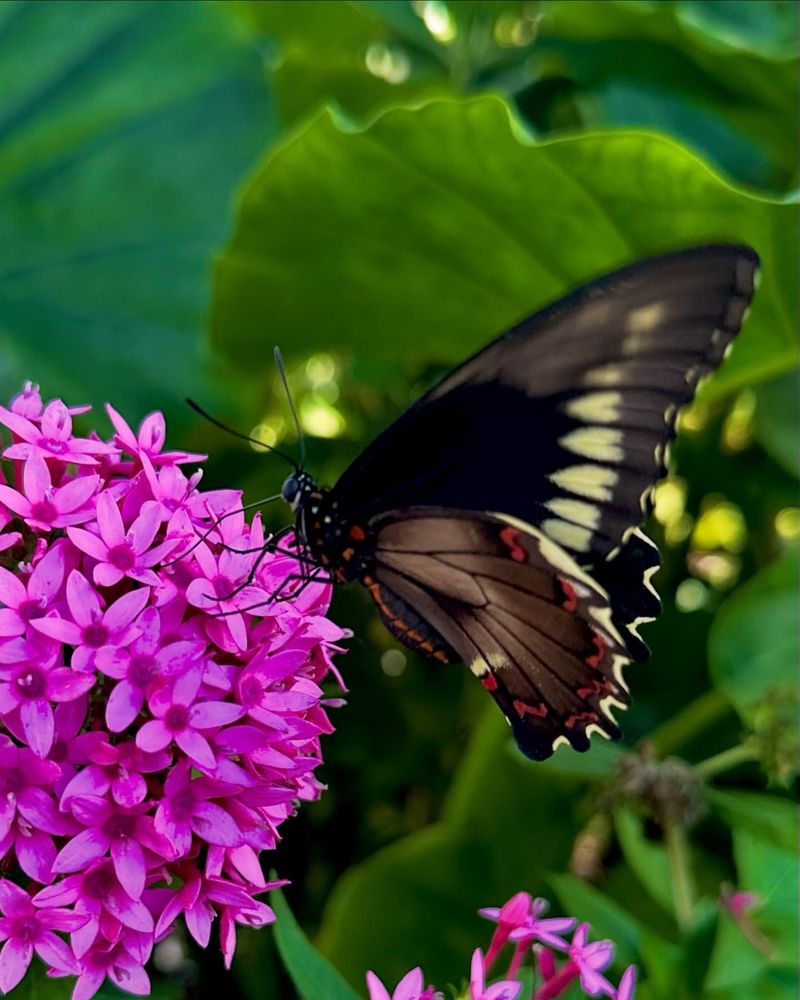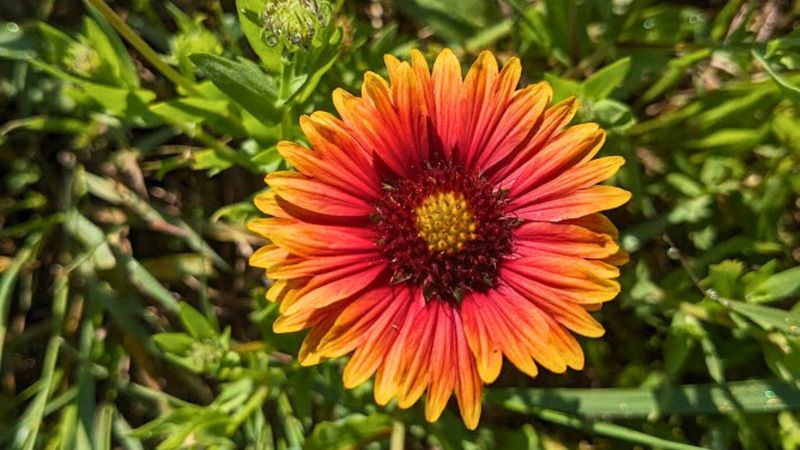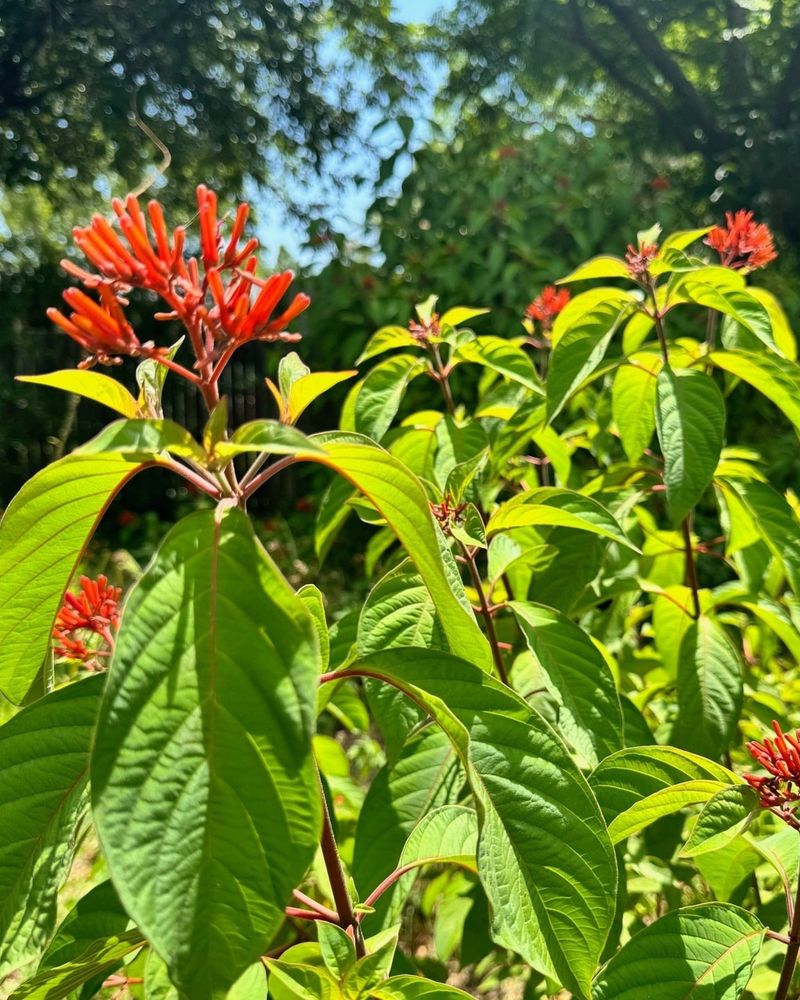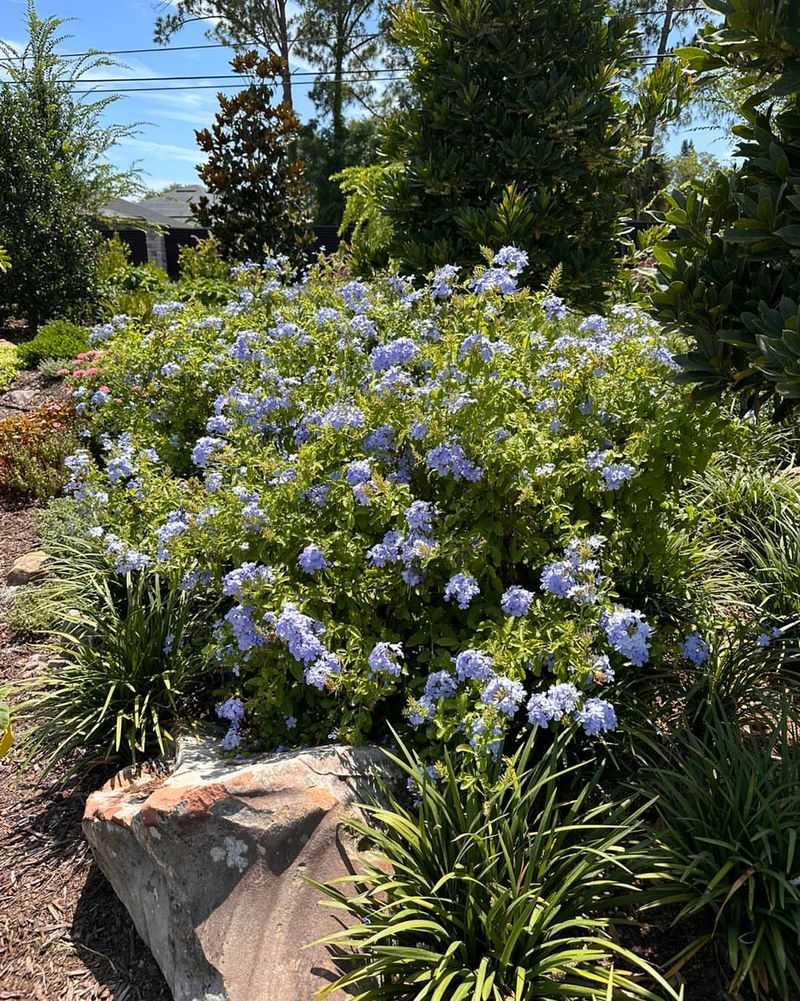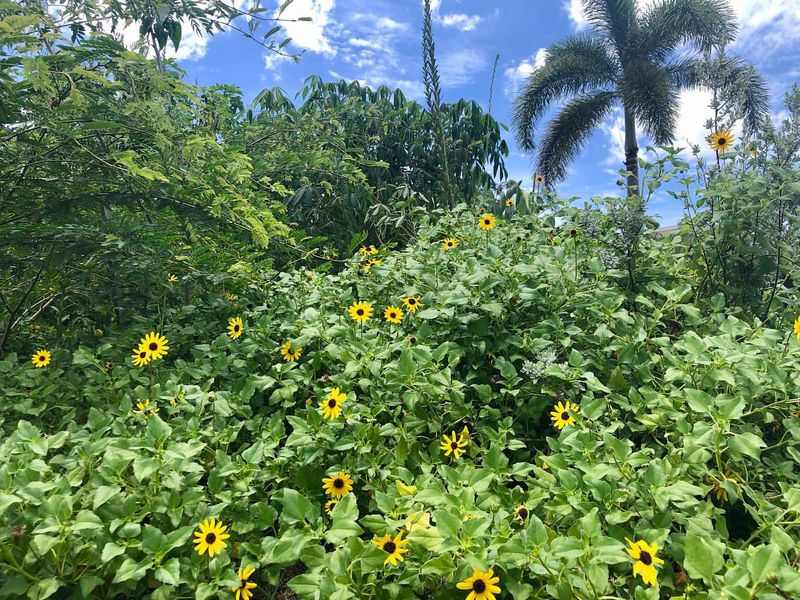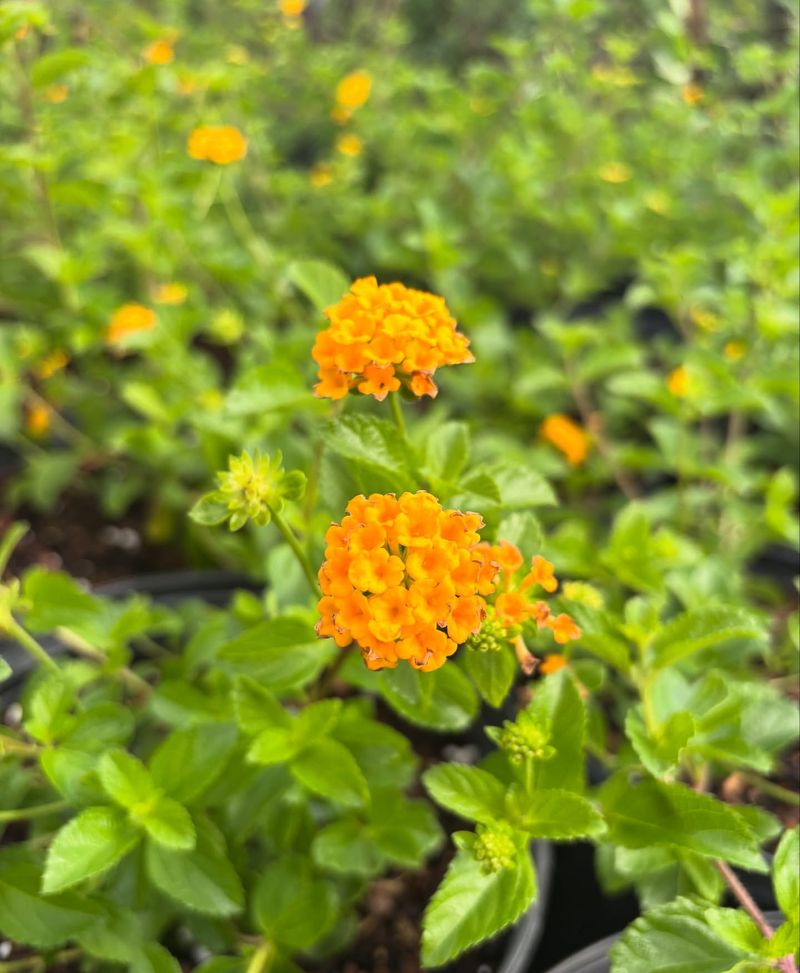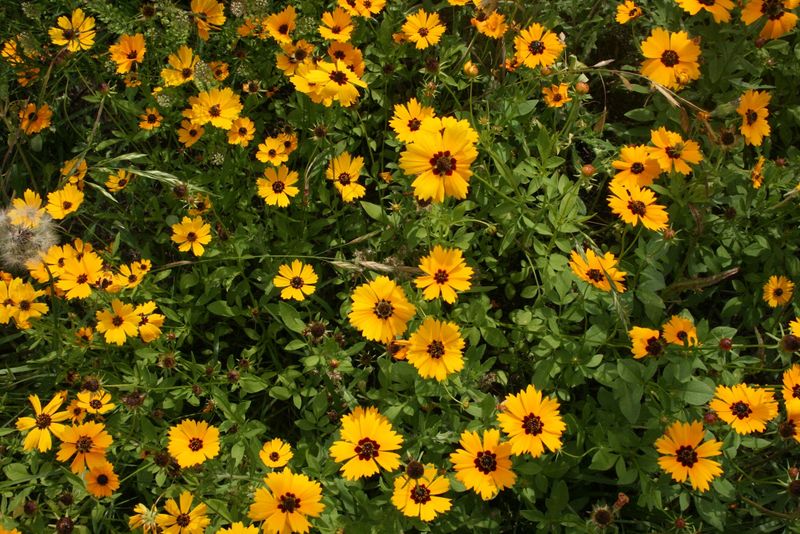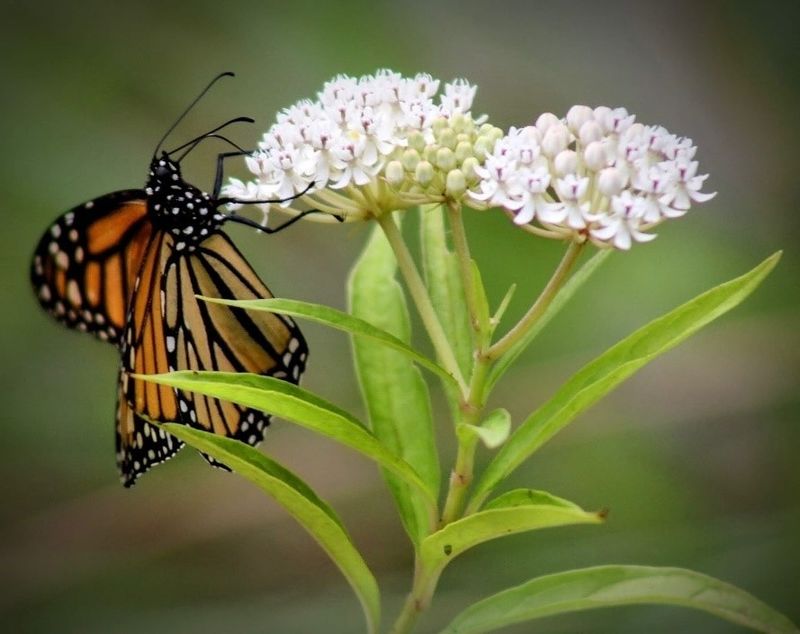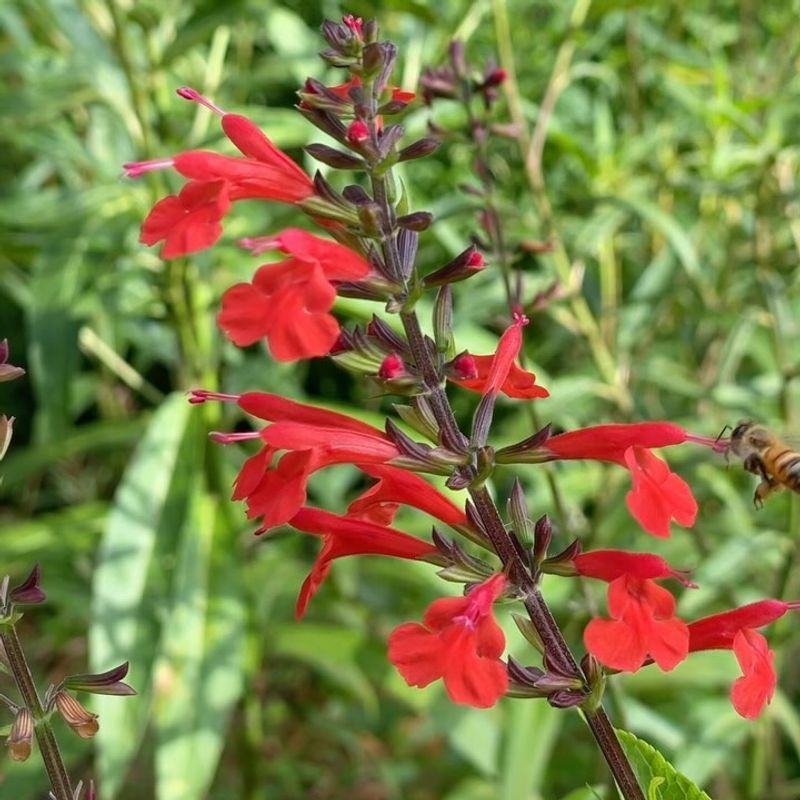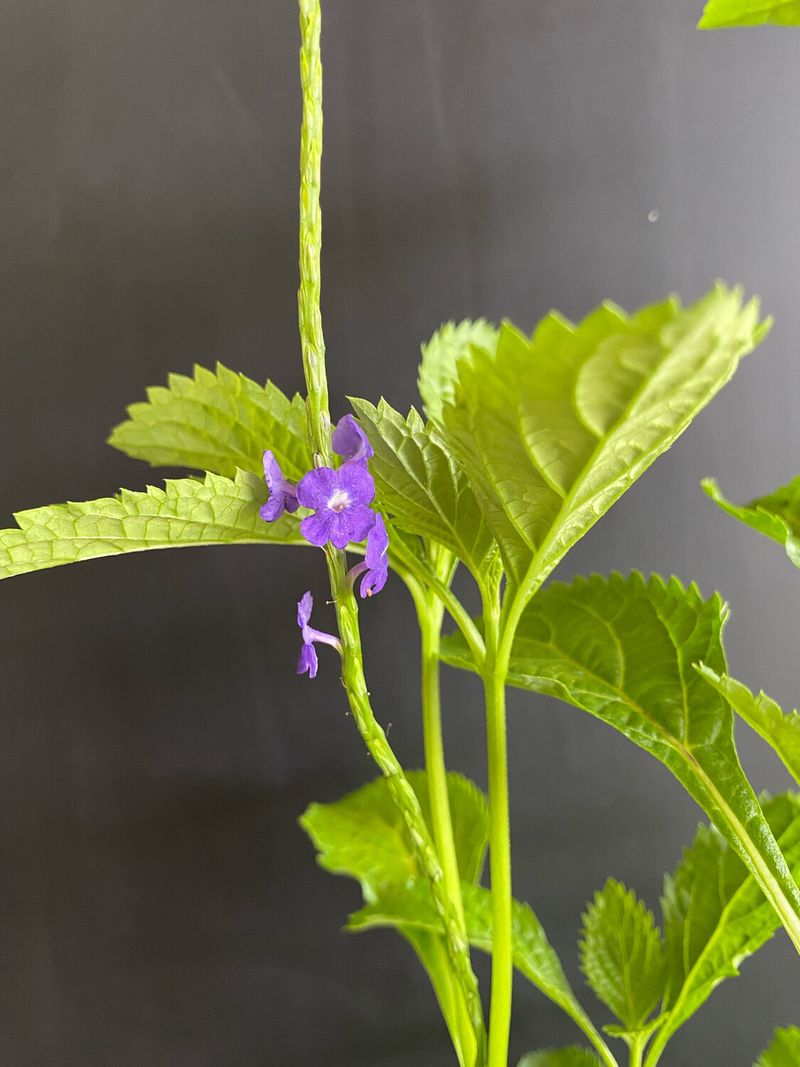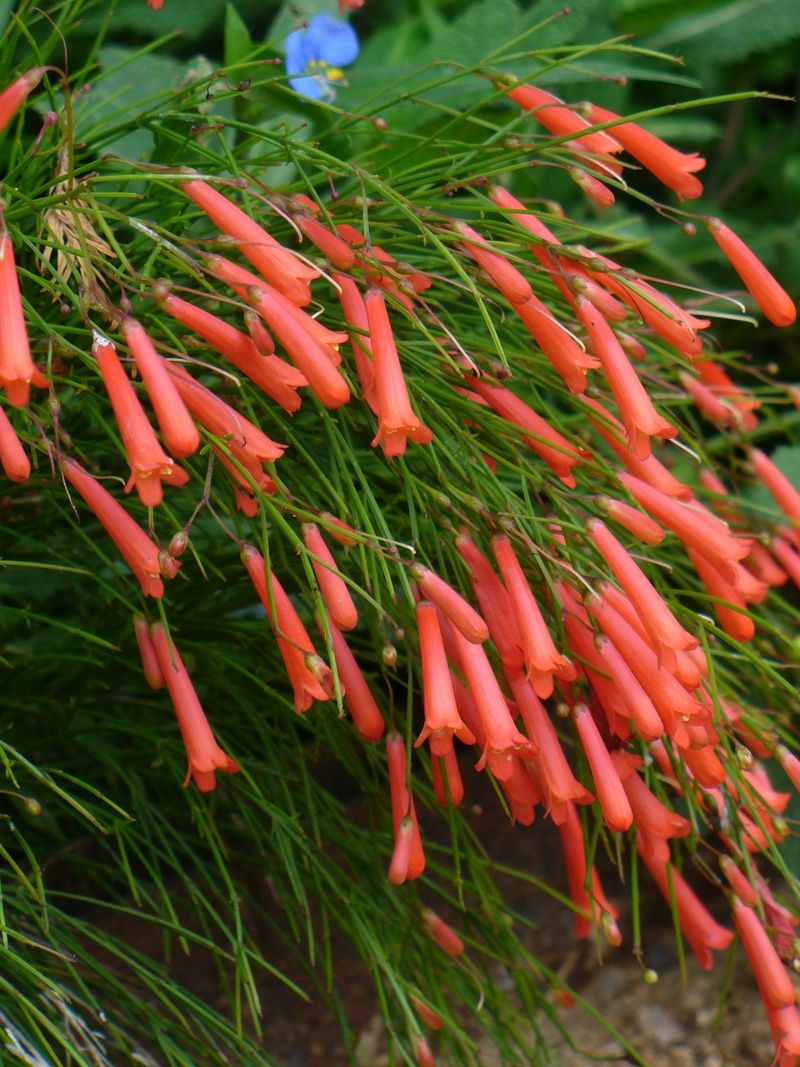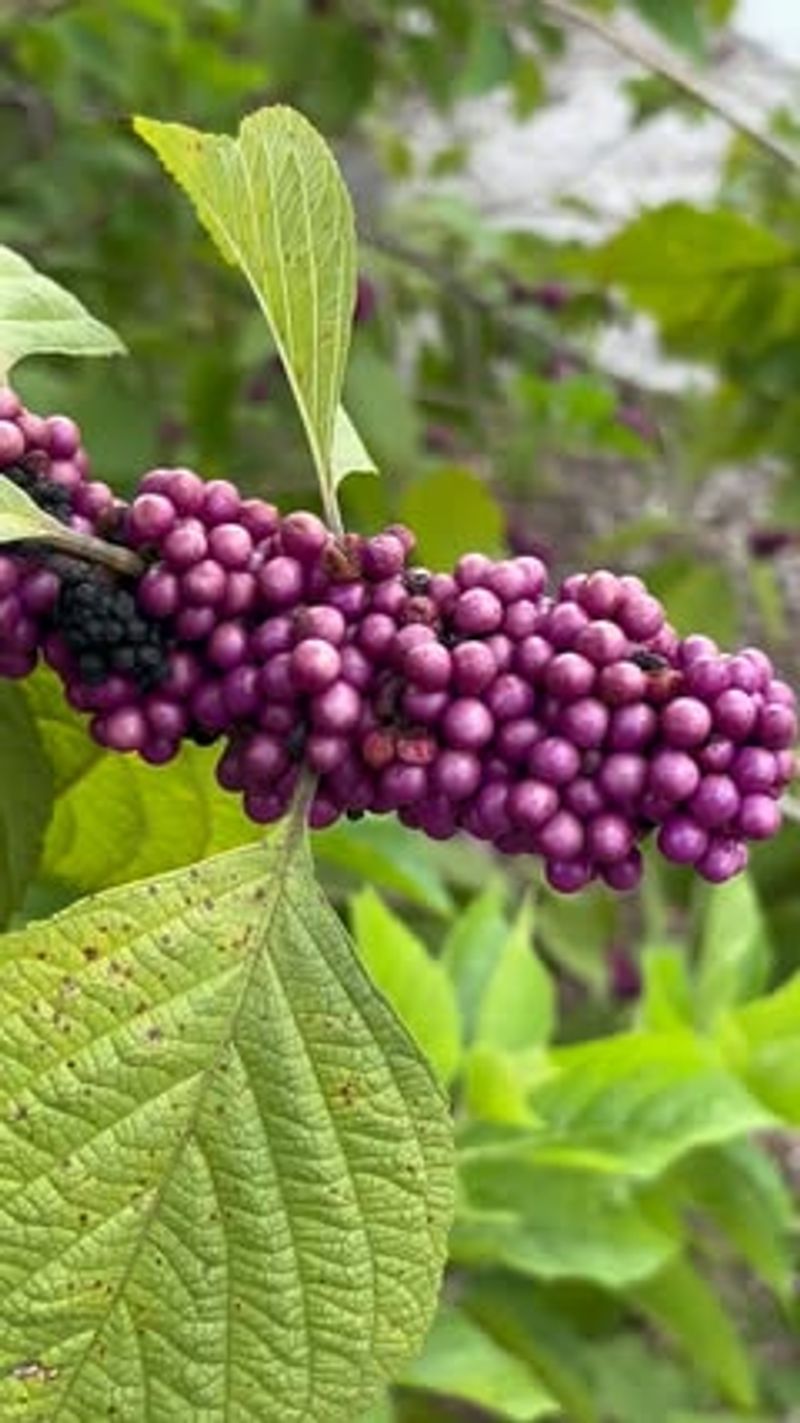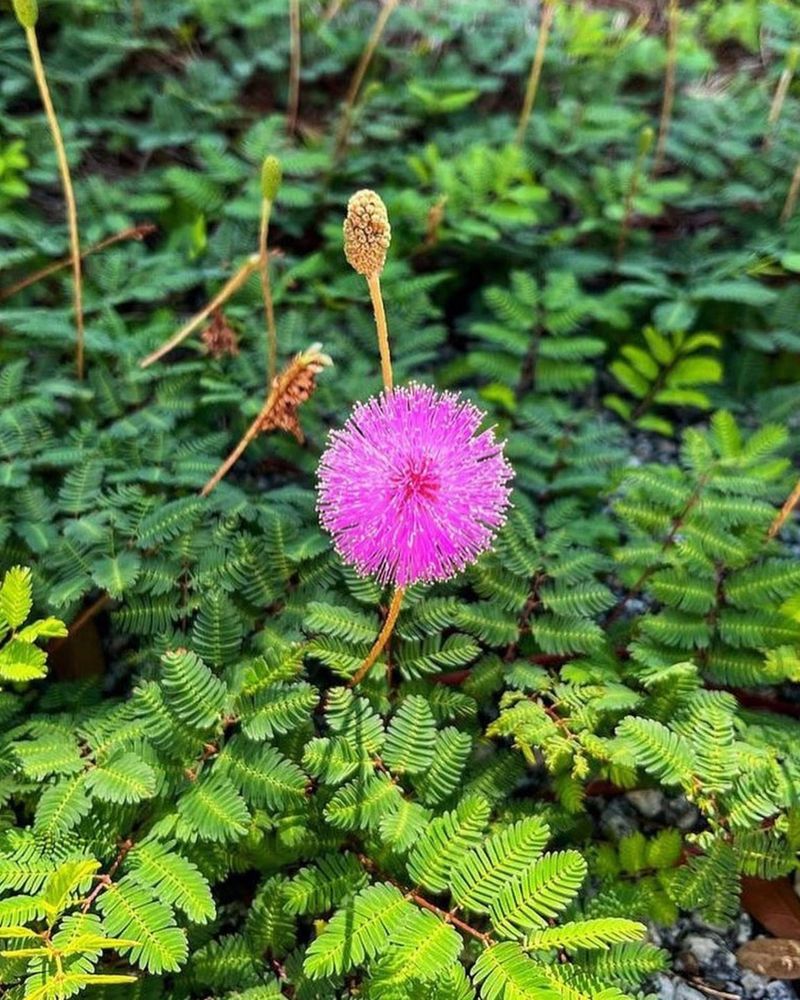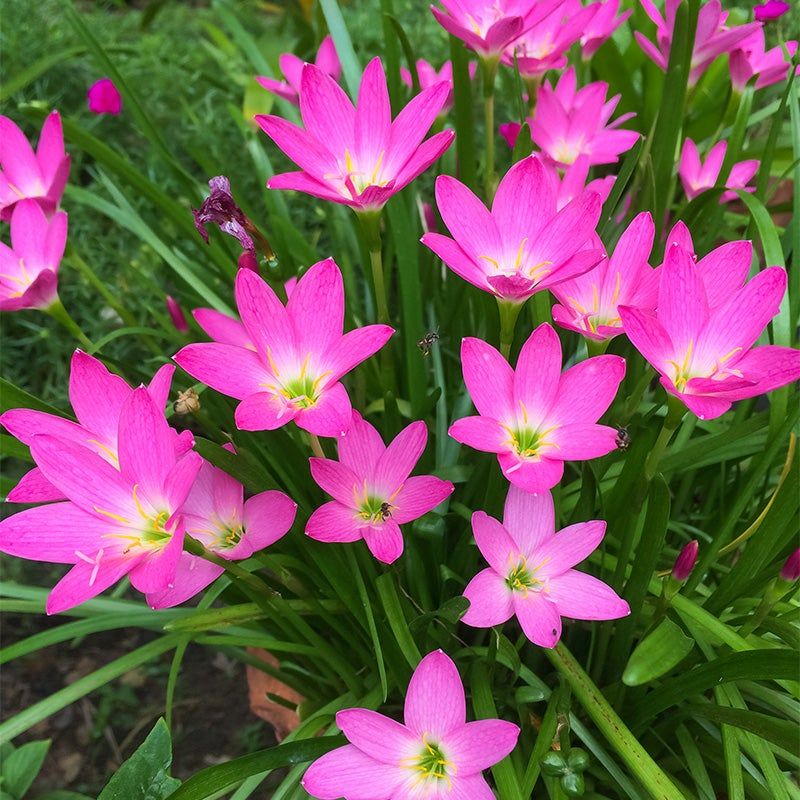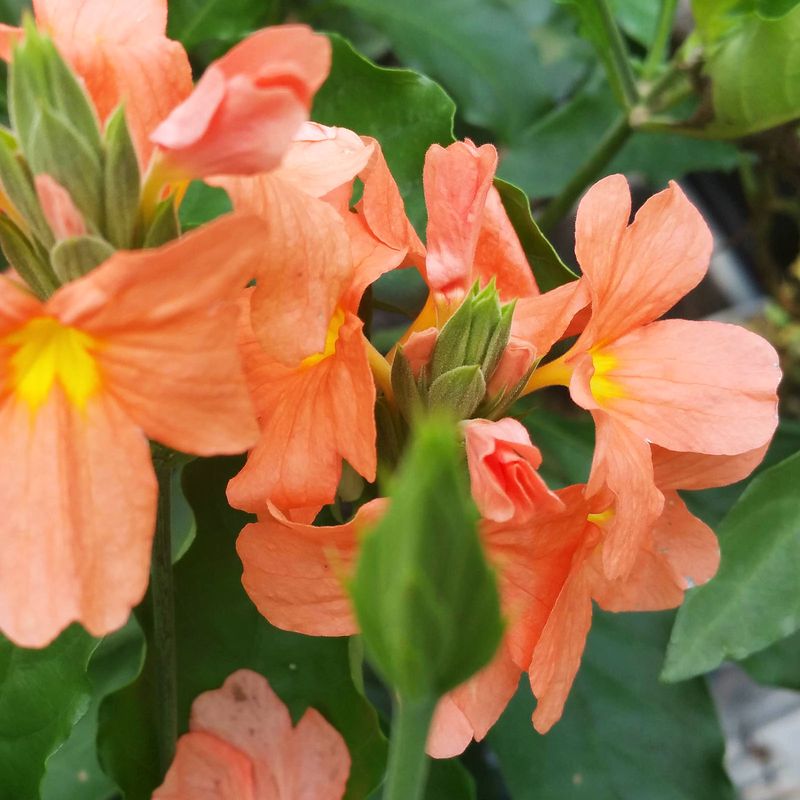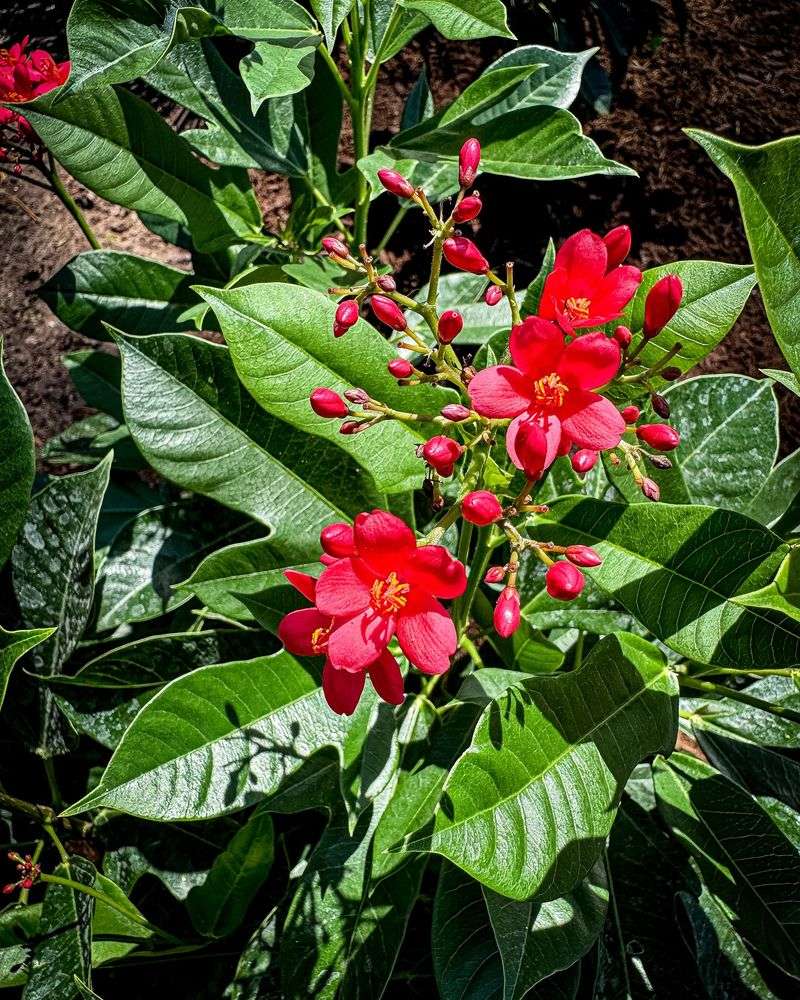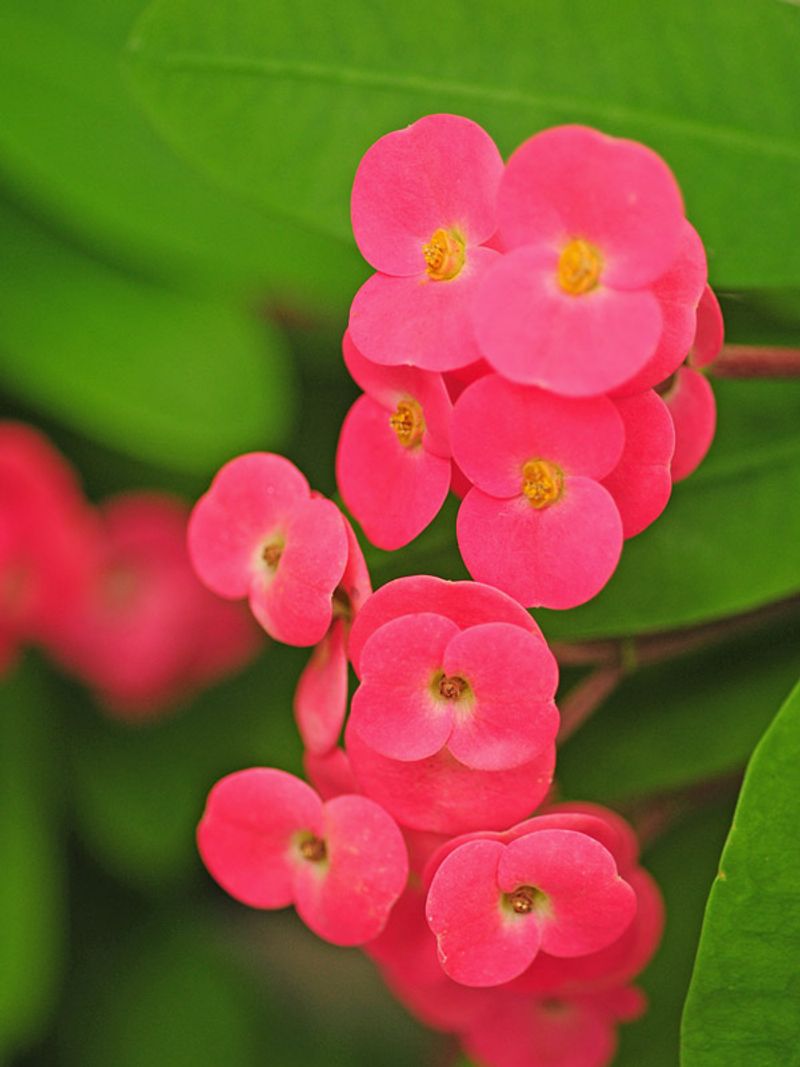Florida’s warm, sunny climate is a dream come true for flower lovers—but not every bloom can handle the humidity and sandy soil. The good news? Plenty of tried-and-true favorites thrive here, making it easy to grow a vibrant, year-round garden.
Seasoned gardeners and newcomers alike rely on hardy varieties like pentas, hibiscus, and coreopsis to deliver consistent color. These flowers don’t just survive—they flourish, adding texture and brightness in even the toughest conditions.
With the right picks, your Florida yard can transform into a lush, colorful retreat. These twenty flowering plants prove that beauty and resilience can go hand in hand—no matter your skill level or the season.
1. Hibiscus
These tropical showstoppers perform beautifully in Florida’s heat and humidity. My neighbor’s red varieties survived three hurricanes and still bloomed the following spring!
Plant hibiscus in well-draining soil where they’ll receive morning sun but some afternoon shade. The large, trumpet-shaped flowers come in countless colors from bright yellows to deep reds.
Many Florida gardeners use hibiscus as foundation plantings or specimen plants in containers. They attract butterflies and hummingbirds while adding that quintessential tropical feel to the landscape.
2. Bougainvillea
Not technically flowers but colorful bracts, bougainvillea creates cascades of pink, purple, orange, or white throughout Florida landscapes. The actual flowers are tiny white blooms nestled within these papery bracts.
Growing them against a white wall in my backyard created a stunning contrast that neighbors constantly compliment. They thrive in full sun and actually bloom better when slightly neglected and kept on the dry side.
Florida gardeners appreciate their drought tolerance once established and their ability to flower nearly year-round in southern parts of the state.
3. Pentas
Star-shaped clusters of flowers make pentas absolute butterfly magnets in Florida gardens. Available in reds, pinks, purples, and whites, they provide reliable color even during the hottest summer months.
Unlike many flowering plants, pentas handle Florida’s humidity without developing fungal issues. They’ve become my go-to for filling garden gaps because they establish quickly and bloom continuously.
Plant them in borders, containers, or butterfly gardens where they’ll receive at least 6 hours of sunlight. Their moderate height (1-3 feet) makes them versatile for many garden situations.
4. Blanket Flower (Gaillardia)
Florida native plant enthusiasts cherish blanket flowers for their cheerful daisy-like blooms in sunset hues of red, orange, and yellow. They handle sandy soils with ease and actually prefer poor soil conditions.
After planting just three small plants last spring, they spread to cover an entire garden bed by fall. Their drought tolerance makes them perfect for those dry spots where irrigation doesn’t quite reach.
Deadheading spent blooms encourages more flowers, but leaving some to go to seed allows them to naturalize throughout the garden. Butterflies and bees visit them regularly in my yard.
5. Firebush
Hummingbirds constantly visit the tubular orange-red flowers of firebush in my side yard. This Florida native plant grows rapidly in our climate, sometimes reaching 8 feet tall when happy.
The reddish stems and bluish-black berries add visual interest even when flowering slows. Plant firebush in full to part sun locations where it has room to spread.
Florida gardeners in the southern half of the state enjoy firebush as a perennial, while those in northern areas may see it die back in winter but return from the roots in spring.
6. Plumbago
Soft blue flowers cover plumbago almost year-round in Florida gardens. The sprawling habit makes it perfect for informal hedges or allowing it to cascade over walls or large containers.
Last summer, during a record heat wave, my plumbago continued flowering while other plants struggled. The sticky seeds often attach to pets and clothing – nature’s clever dispersal strategy at work.
Florida gardeners appreciate its resistance to pests and diseases. Plant in full to part sun in well-draining soil and expect it to spread 3-5 feet in all directions.
7. Beach Sunflower
Despite its delicate appearance, beach sunflower thrives in Florida’s harshest conditions. The cheerful yellow daisy-like flowers bloom above silvery-green foliage, creating a striking contrast.
My front yard patch started from just three small plants and now covers over 100 square feet with minimal care. They handle salt spray, drought, and poor soils with ease – truly a Florida-tough plant.
Use beach sunflower as a ground cover in sunny spots, along walkways, or in coastal gardens. The flowers close at night and reopen with the morning sun in a daily display of nature’s rhythms.
8. Lantana
Multi-colored flower clusters make lantana a standout in Florida landscapes. Some varieties feature flowers that change color as they age, creating a kaleidoscope effect within each cluster.
During a particularly brutal drought, my lantana continued flowering without irrigation. The aromatic foliage deters deer and rabbits, making it practical for gardens with wildlife pressure.
Florida gardeners can choose from compact varieties for containers or spreading types for ground cover. Just be aware that some varieties can become invasive, so research before planting or stick with sterile cultivars.
9. Coreopsis
Florida’s state wildflower deserves a place in every garden. The bright golden-yellow blooms of coreopsis appear on slender stems above delicate foliage, creating a cheerful, meadow-like effect.
Several native species thrive throughout different regions of Florida. My patch reseeds itself each year, creating new plants without any effort on my part.
Plant coreopsis in mass plantings for the most dramatic effect. The flowers attract pollinators while the seeds later feed songbirds, making this plant ecologically valuable for Florida wildlife gardens.
10. Milkweed
Beyond its pretty flowers, milkweed serves as the essential host plant for monarch butterflies in Florida gardens. Native species like swamp milkweed and butterfly weed offer orange, pink, or white blooms.
The first time I watched monarchs lay eggs on my milkweed plants, I felt like I was witnessing something truly special. Caterpillars will completely defoliate plants, but they quickly recover.
Plant milkweed in sunny locations throughout your garden rather than in one spot. This helps monarchs find the plants more easily and prevents predators from discovering all the caterpillars at once.
11. Tropical Sage
Red tubular flowers appear on tall stalks above aromatic foliage on this Florida native sage. Hummingbirds battle for territory around my plants when they’re in full bloom.
Unlike many flowering plants, tropical sage performs beautifully in partial shade, making it valuable for those challenging spots under trees. The flowers appear most heavily in fall when many other plants have finished blooming.
Florida gardeners appreciate its drought tolerance and ability to reseed naturally without becoming invasive. Pink and white flowering varieties are also available for different color schemes.
12. Blue Porterweed
Tiny purple-blue flowers appear on spikes above the foliage, creating an airy, delicate effect in Florida gardens. Butterflies constantly visit the nectar-rich blooms throughout the growing season.
My plants survived a week of neglect during vacation and looked better than ever upon my return. The natural, slightly wild growth habit works well in cottage gardens or informal landscapes.
Florida gardeners can find both native and non-native porterweed varieties. All perform well in our climate, but the native species offers additional ecological benefits for local wildlife.
13. Firecracker Plant
Long, tubular red flowers dangle from arching stems on this hummingbird favorite. The unusual flower shape makes firecracker plant a conversation starter in Florida gardens.
After just one growing season, my small plant developed into a 3-foot rounded shrub covered in blooms. The bright green foliage creates a perfect backdrop for the striking flowers.
Plant firecracker plant where you can observe hummingbird visitors from a window or patio. It performs best in morning sun with afternoon shade in most Florida gardens.
14. Mexican Heather
Tiny purple flowers cover this low-growing plant almost year-round in Florida gardens. The fine-textured foliage creates an attractive backdrop even when flowering slows.
During a neighborhood garden tour, visitors mistook my Mexican heather for a perfectly trimmed hedge. In reality, it naturally maintains its neat, mounded shape with minimal maintenance.
Use Mexican heather as a border plant, ground cover, or container specimen. It handles Florida’s heat and humidity with grace while requiring little supplemental water once established.
15. Beautyberry
Small lavender flowers in spring give way to stunning purple berries in fall on this Florida native shrub. The berries cluster around the stems, creating a spectacular display unlike anything else in the garden.
Birds feast on the berries in my backyard each autumn. The arching branches and natural form give beautyberry an elegant presence in woodland garden settings.
Florida gardeners appreciate beautyberry’s adaptability to different light conditions from full sun to partial shade. The berries persist for weeks, providing long-lasting ornamental interest and food for wildlife.
16. Powderpuff Mimosa
Fluffy pink or white powderpuff-like flowers appear throughout the year on this tropical favorite. The flowers emerge from the tips of branches, standing out against the delicate, fern-like foliage.
My container-grown mimosa moves to protected areas during rare cold snaps. The plant responds well to pruning, allowing Florida gardeners to maintain it at a manageable size for smaller spaces.
Plant powderpuff mimosa in full sun for best flowering. Its unusual flower form and continuous bloom cycle make it worth finding space for in Florida gardens.
17. Rain Lily
As their name suggests, these charming lilies often bloom after rainstorms in Florida gardens. The delicate, crocus-like flowers in white, pink, or yellow appear seemingly overnight.
A forgotten cluster of bulbs in my side yard surprises me with blooms several times each summer. The grassy foliage blends nicely with lawn edges or can be planted among groundcovers.
Florida gardeners appreciate how rain lilies naturalize over time, forming larger colonies without becoming invasive. Plant the bulbs in fall for spring and summer blooms in areas that receive at least part sun.
18. Crossandra
Unusual salmon-orange flowers rise above glossy dark green foliage on this tropical beauty. The flowers have a distinctive shape with petals all positioned on one side of the stem.
My potted crossandra moves between patio and indoors depending on the season. The plants flower most heavily during warm weather but can bloom year-round in protected locations throughout Florida.
Plant crossandra in filtered light or morning sun with afternoon shade. Florida gardeners in frost-free areas can grow it in the landscape, while those in northern parts of the state often treat it as a container specimen.
19. Jatropha
Star-shaped red flowers appear in clusters year-round on this tropical shrub. Hummingbirds frequently visit the nectar-rich blooms in my courtyard garden.
The glossy, lobed leaves provide an attractive backdrop for the bright flowers. Jatropha maintains a naturally neat growth habit without extensive pruning, making it low-maintenance for busy Florida gardeners.
Plant jatropha in full to part sun locations with well-draining soil. It performs beautifully in frost-free areas of Florida as a landscape shrub and can be grown in containers in areas that experience occasional freezes.
20. Crown of Thorns
Small colorful bracts surround tiny true flowers on this drought-tolerant succulent. Modern varieties offer improved flowering in shades of red, pink, yellow, and white.
The thorny stems give this plant its common name and provide interesting architectural structure. My patio container specimen survived three weeks without water during a family emergency and greeted me with fresh blooms upon my return.
Florida gardeners appreciate crown of thorns for its heat tolerance and minimal water needs. Plant in full sun in well-draining soil or cactus mix for containers.

